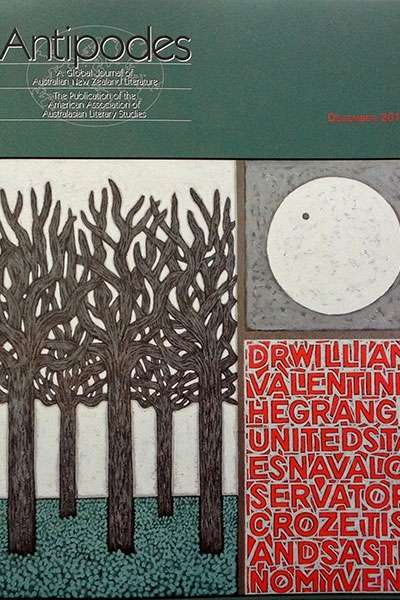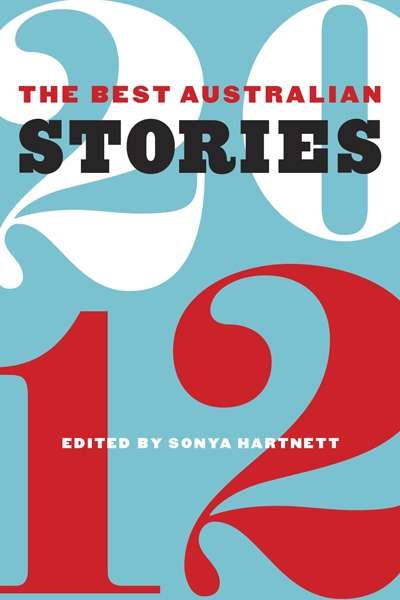Cassandra Atherton
In So Many Words: Interviews with Writers, Scholars and Intellectuals by Cassandra Atherton
by Gillian Dooley •
Island 132 edited by Rachel Edwards and Matthew Lamb
by Cassandra Atherton •
Antipodes: A Global Journal of Australian/New Zealand Literature, Vol. 26, No. 2 edited by Nicholas Birns
by Cassandra Atherton •
I wish I had been painted by Millais. Maybe not as Ophelia in a tepid bath.
Perhaps as Lady Macbeth. Or Titania. Or Portia. Not Brutus’s Portia. Portia from
The Merchant of Venice. I used to make you sit on a little wooden stool and pretend
you were painting me. Stroke after stroke rasping against the canvas. I would
Australian Poetry Journal, Volume 2, Issue 2 edited by Bronwyn Lea
by Cassandra Atherton •
The Best Australian Stories 2012 edited by Sonya Hartnett
by Cassandra Atherton •









